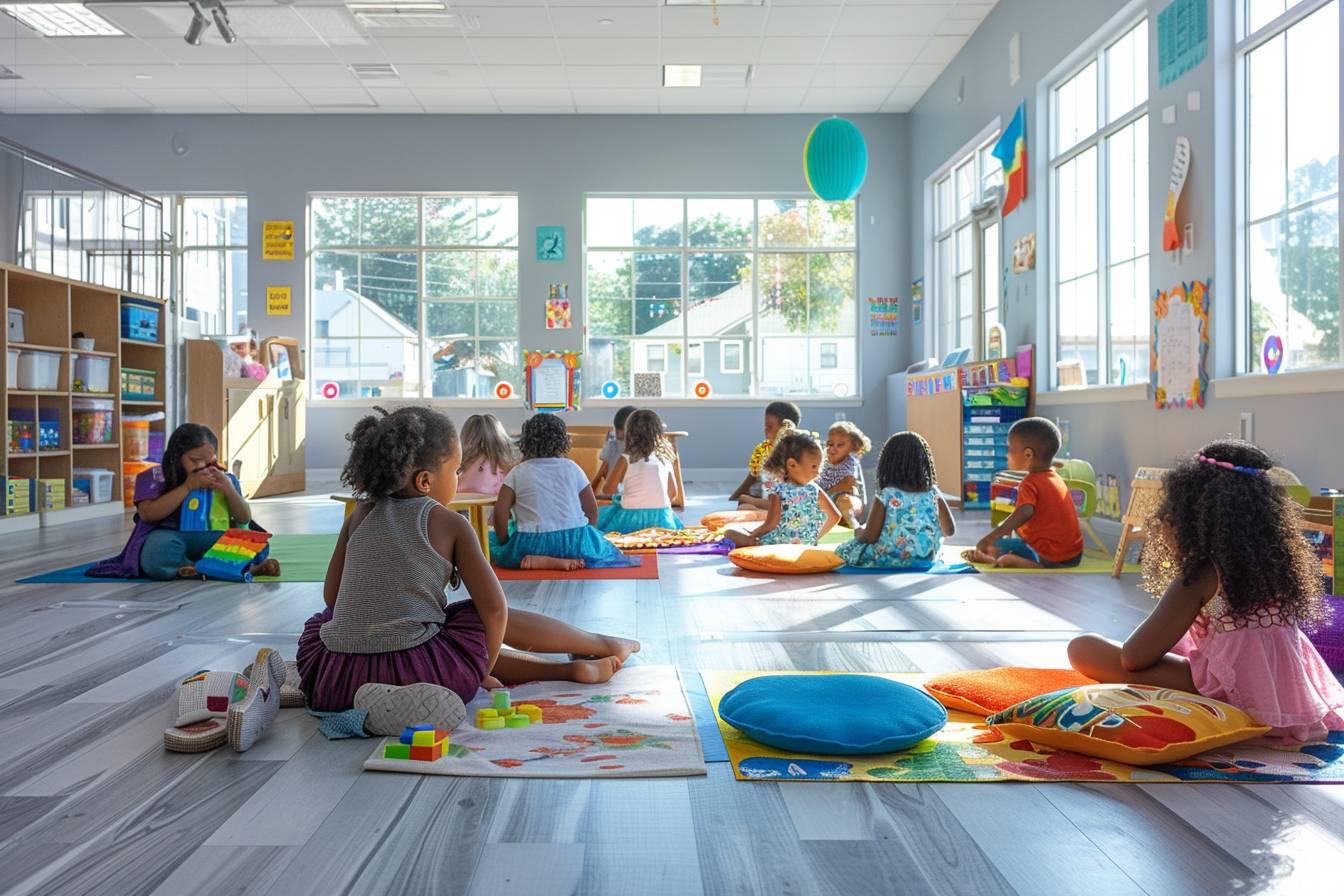The world’s linguistic diversity is fascinating in its richness and complexity. Each country has its own linguistic landscape, shaped by history, culture and politics. Let’s explore languages by country, examining the national and regional idioms that color our planet.
Overview of official and regional languages
The world’s linguistic mosaic reveals a surprising variety of situations. Many countries recognize several official or regional languages, reflecting their cultural diversity. In the Netherlands, for example, Dutch coexists with Frisian, a regional language spoken by around 400,000 people. This coexistence illustrates the importance attached to preserving local linguistic identities.
The situation in the Baltic States is equally interesting. Latvian and Lithuanian, two Baltic languages, are the official languages of their respective countries. Estonia, meanwhile, uses Estonian, a Finno-Ugric language. This linguistic diversity reflects the region’s complex history, influenced in turn by Germany and Russia.
Mali is a fascinating example of African multilingualism. Although French is the official language, several African languages coexist and play a crucial role in daily life and education. This situation raises unique challenges in terms of language policy and education.
| Countries | Official languages | Regional languages |
|---|---|---|
| Netherlands | Dutch | Frisian |
| Latvia | Latvian | – |
| Lithuania | Lithuanian | – |
| Estonia | Estonian | – |
| Mali | French | Several African languages |
Foreign language learning: strategies and challenges
The teaching of foreign languages varies considerably from country to country, reflecting distinct educational and cultural priorities. In the Netherlands, English is compulsory from the age of 10-11, and in some schools as early as 4. This early start reflects the importance attached to multilingualism in the Dutch education system.
The Netherlands also stands out for its innovative initiatives:
- pilot CLIL (Content and Language Integrated Learning) programs in English at primary level
- The teaching of French or German in certain elementary school, particularly near borders
- Encouraging the learning of “neighboring languages” to foster cultural and economic exchanges
In Mali, the approach is different but just as interesting. The country has introduced integrated teaching of African languages and French. This method aims to enhance the value of local languages while ensuring mastery of the official language. In-depth research is being carried out on language teaching in multilingual contexts, particularly in the Dogon region.
English dominates foreign language teaching worldwide. On the other hand, efforts are being made to promote linguistic diversity. Many countries, including France, offer French language assistant programs abroad, covering some 37 destinations. These initiatives help to spread the French language and strengthen cultural exchanges.

Challenges and innovations in language teaching
Teaching languages in multilingual contexts poses unique challenges that educators and policymakers are striving to meet. Managing languages in multilingual countries requires a balanced approach, taking into account national and international communication needs while preserving local cultural identities.
Pedagogical innovations play a crucial role in improving language teaching. Emerging trends include :
- the growing use of digital teaching tools
- The adoption of language immersion methods
- The development of international exchange programs for students and teachers
- The integration of authentic cultural content into language curricula
Translation between different languages, such as Estonian and French, poses specific challenges that stimulate research in applied linguistics. This work is helping to improve machine translation tools and refine foreign language teaching methods.
The integration of migrants is another major challenge linked to languages by country. Learning the language of the host country is often seen as a key to social and professional integration. Many countries have set up specific programs to facilitate this learning process, combining language courses with an introduction to the local culture.
Future prospects for national and regional languages
The future of national and regional languages raises some fascinating questions. In an increasingly connected world, how can we preserve linguistic diversity while promoting international communication? The language policies of different countries play a crucial role in this delicate balance.
Information and communication technologies offer new opportunities for the preservation and promotion of minority languages. Initiatives to digitize linguistic heritages, create content in regional languages and develop language-learning applications are helping to maintain the vitality of lesser-used idioms.
The evolution of language practices in the professional world is also influencing language teaching policies. The growing demand for multilingual skills on the job market is encouraging education systems to diversify their language offerings and boost the effectiveness of foreign language teaching.
In conclusion, the global linguistic landscape is constantly evolving, reflecting the cultural, economic and technological dynamics of our times. Managing languages by country remains a complex challenge, requiring a nuanced approach adapted to local realities. The future of national and regional languages will depend on the ability of societies to value their linguistic diversity while adapting to the demands of a globalized world.
